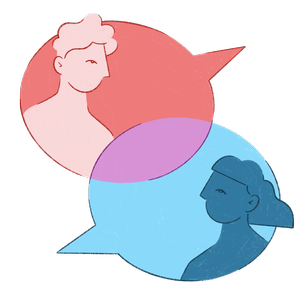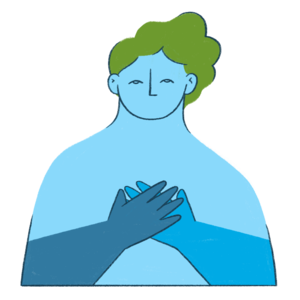The Categories of Inclusion
Similar to how a doctor looks for symptoms to create a custom treatment plan for a patient, Aleria’s framework of the Categories of Inclusion allows us to look for and organize the symptoms of exclusion in an organization. Any experience of exclusion can fall under one or more these Categories, providing clarity on where and how exclusion is taking place. The Categories of Inclusion gives employees a unique and powerful structure to share their experiences, allowing leader to better understand where to focus their resources and develop targeted initiatives to drive real impact.

Career & Growth
Having fair and equitable access to promotion opportunities; managers and leadership are invested in your personal learning and professional development.

Compensation & Benefits
Transparency and equity in pay structures and processes; clear and relevant benefits packages.

Recognition
Being recognized for one’s contributions and work; feeling valued and appreciated; having the opportunity to share suggestions and input.

Work-Life Balance
Not feeling over-worked or burned out; having a seamless integration between work and life without one negatively interfering with the other.

Access & Participation
Being included in meetings, discussion and decisions relevant to your role and responsibilities; having access to the resources, training or people you need to do your job.

Skills Use & Assignments
Being included in projects that leverage your skills and capabilities; having the opportunity to participate in strategic initiatives; equitable distribution of administrative tasks.

Info Sharing
Being given information relevant to your role in a timely and appropriate manner; sharing of information related to policies, procedures, decisions and more.

Respect
Not experiencing offensive remarks or behaviors, direct harassment, and/or microaggressions from others; no bad jokes, thoughtless comments or disrespectful conversations in groups or meetings.
